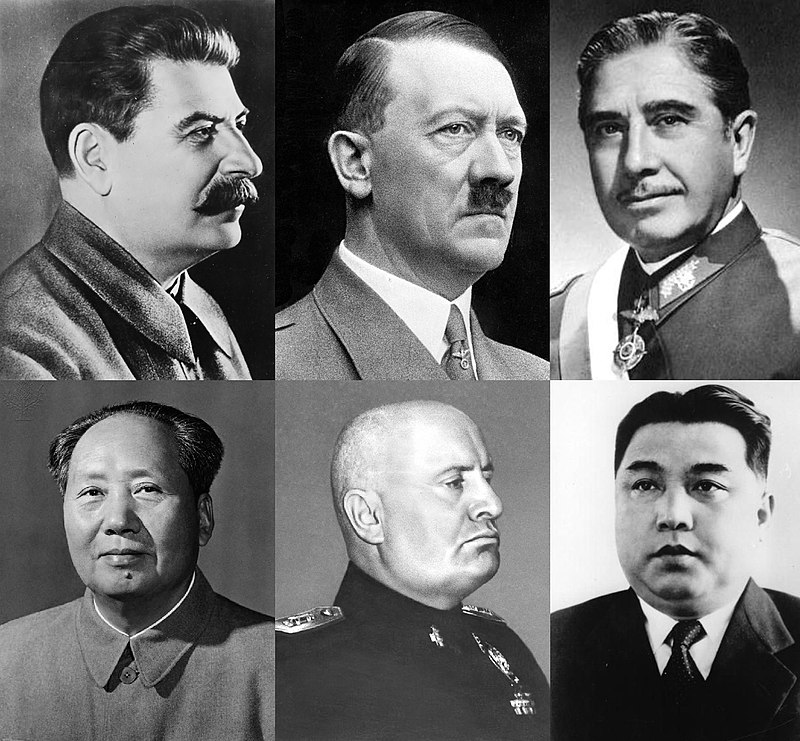Sex.
The lustful and intoxicating pleasure that women crave is often disregarded because of the insistence on maintaining social and sexual monogamy.
Women’s proximity to promiscuity and sex shifts as they engage in stable monogamous relationships, especially married ones. Using the Netflix show “Sex/Life” as a springboard for this analysis, I plan to explore the shift in values and ideology of sex, particularly how social perception of monogamy has changed in relation to women and their relationship with promiscuity and sex.
The pervasive idea in society is that a woman who enjoys sex is a “whore” or a “slut”, words that try to diminish and tarnish a woman’s reputation. But in a monogamous relationship, especially marriage, this stigma is virtually non-existent due to the implications that come with monogamy. Women in monogamous relationships are perceived to be devoid of sex appeal and desire because of the monotony and familiarity of their relationship. However, this perception is in direct conflict with the reality of these women. This is illustrated by the dilemma of Billie, the main character, in “Sex/Life.”
Throughout the entire series, Billie is constantly searching for the overlap between the love and affection she receives from her husband and the sexual satisfaction that she received from a previous boyfriend in her 20s. The dichotomy between the slow, stable married life and the exhilarating passion of young adulthood causes her to question whether or not she has to choose between stability and passion. The naive, impulsive response would be “yes”, but when taking a closer look at social dynamics and the cultural shift surrounding women’s sexual desires and impulses, we find that it is not as certain as it may seem.
The current societal view surrounding women when it comes to monogamy is that they tend to nest and do not seek out sexual relationships as often as men. This unconscious bias came about when Darwin imbued his theory of evolution with the Victorian ideals of the time. This view was also popularized by the patriarchal want for women to be pure and meek furthering the nuclear family ideology that was ruling during the Industrial Revolution. This, in conjunction with the heavy persecution of sexual women as depicted in biblical texts, women had no choice but to comply.
In actuality, men and women seek sex outside of their primary relationships at mirroring rates. Before “Western imperialism, 83 percent of indigenous societies were polygamous, 16 percent monogamous, and 1 percent polyandrous (where women have multiple husbands)”. So it is not as though the notion of women being in ethically non-monogamous relationships is unheard of, nor does it only come from third-wave feminists. It only seems revolutionary because women over the course of the last millennia have been conditioned to behave according to Western ideals due to fear of social persecution if they do not.
Social and sexual monogamy has recently been rivaled by the increased interest in polyamorous relationships. Recent studies have shown that 4–5 percent of Americans participate in some form of ethical non-monogamy. Clinical psychologist Martin Meana says that women are “uniquely stifled sexually by the over-familiarisation with a partner and the institutionalization of roles that happens in marriage or long-term partnership”.
With that being said, it is completely disingenuous to further the narrative that women do not engage in non-monogamous relationships because they do not like them or that it goes against their biological nature. Monogamous relationships are not maintained by women for their benefit, but out of obligation to fulfill a societal duty and follow the status-quo. A lot of women in monogamous heterosexual relationships are miserable and stay due to these societal expectations, not love. As women start renewing their sexual autonomy in a way that does not revolve around men or hypersexualization, they no longer have to view love and sexual satisfaction as two disparate concepts that only overlap in fantasy. From 1990 to 2016, the number of sexual partners that women has increased by 4%, emphasizing a shift towards outward promiscuity and this newfound confidence illustrates the slow disappearance of monogamy as the dominant ideology.
At the end of Sex/Life, the main character visits her ex-boyfriend purely for sexual intimacy, but proclaims that she will not leave her husband because she loves him. While the show is messy and flawed when it comes to establishing and supporting a thesis, it does give reassurance to heterosexual women that they do not have to be tied down to one man, especially if they are lacking sexual satisfaction.
There are many ways to fulfill the necessary biological needs (love, affection and intimacy) and while there is no shame in finding comfort in monogamy, it cannot be classified as the universal way to maximize the fulfillment of the aforementioned needs.





























69andmore • Jun 7, 2022 at 8:48 am
“…they no longer have to view love and sexual satisfaction as two disparate concepts that only overlap in fantasy.” – love it! Also, the belief that love can not be combined with passion is probably one of the typ sex-killers in long term relationships… I believe one can maintain passion in monogomous realtionship if nurtured by both parties.